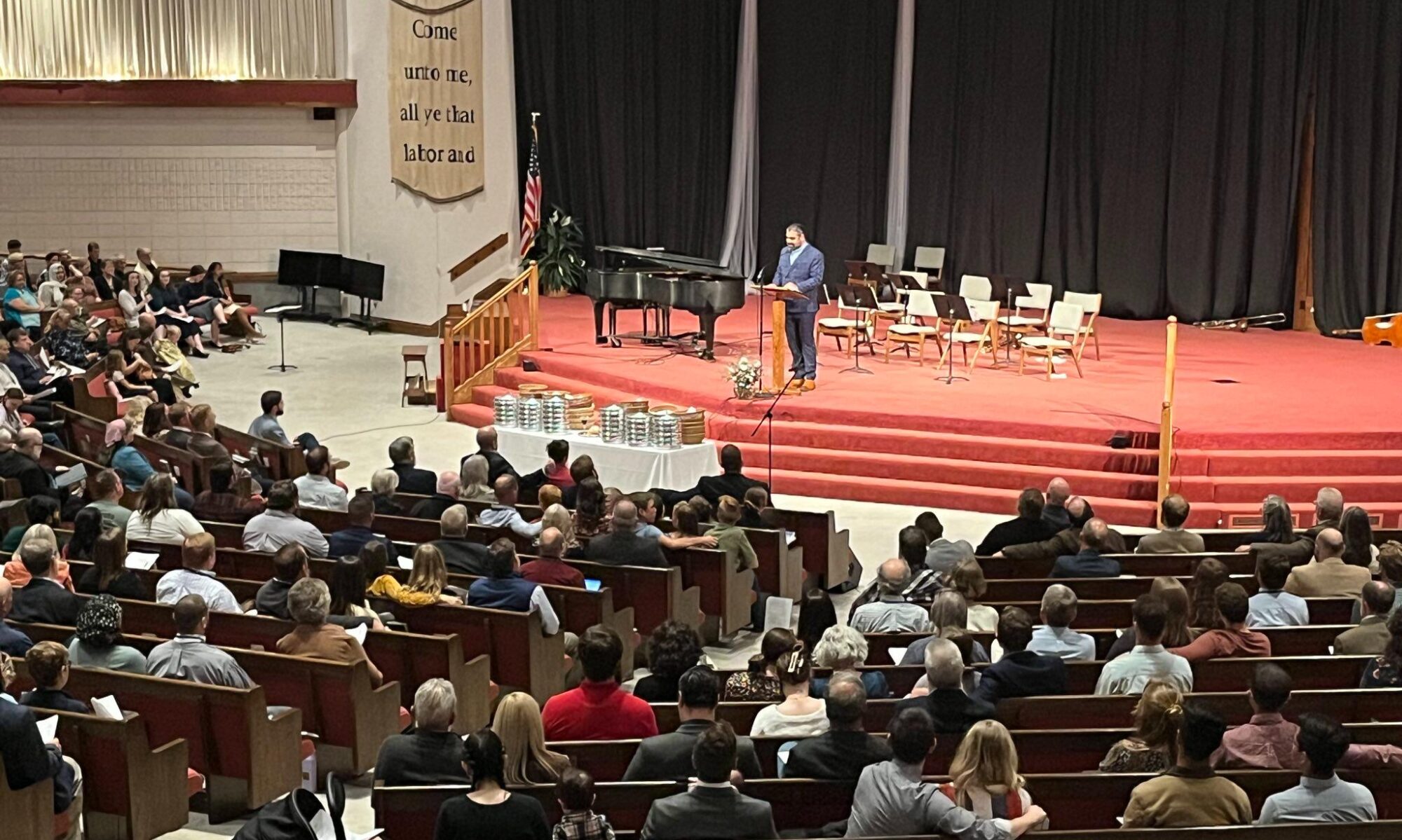Jim Jordan is right to assert that the third day is the day of “preliminary judgment.” The third day is the day of production. As James puts it: “Show me your faith apart from your works, and I will show you my faith by my works.” Vegetation and life spring forth from the ground to show forth God’s creative work. Similarly on the third day, from the ground came the true fruit, Jesus Christ who rose from the grave victorious. Biblically, the works of the third day–when found pleasing– are vindicated on the day of rest (seventh day). Jesus’ resurrection was the pleasing aroma springing forth from the ground and vindicated by the Father.
Samson, the Better Riddler

Common to Egyptian mythology is the sphinx. The sphinx was the mythical creature with a lion’s body and a human head. Those who could not answer his riddles were eaten by this Egyptian creature. Samson comes along and changes puts flesh into this myth. He not only tears the Egyptian sphinx in two but also tells a better riddle; a riddle, which they cannot solve on their own.
Warrior Messiah
Leithart continues his response to Witherington by noting:
I can agree that Jesus’ victory is the “antithesis” of the victory expected by many Jews. But Jesus remains a warrior Messiah, which is exactly what we would expect from the Old Testament. All the warrior figures of the Old Testament – the Seed of the Woman, Moses, Joshua, Gideon, Samson, David – are paradoxical figurae Christi
From Bread to Wine
Jim Jordan observes:
“Biblical liturgies, and for us this means the Lord’s Supper, encapsulate the sequence of biography and history. Because we have rejected God, we have also rejected the life He has planned for us, both individually and as churches, cultures, and world history. Biblical rites are designed to insert us back into God’s guidance of our lives, to plug us back into God’s true history so that our lives and cultures can develop properly.”
James B. Jordan, From Bread to Wine, Toward a More Biblical Liturgical Theology. Available from www.biblicalhorizons.com
Galilee and Jerusalem
Concerning Galilee, I observed in my Easter sermon:
After they confirm the empty tomb, they are sent to Galilee. Matthew tends to place emphasis on Galilee. The reason he does so, is to contrast it with Jerusalem. Jerusalem is the place where Jesus meets rejection and death, but Galilee is the place where Jesus finds peace.[1] According to one commentator, it is the place where “the light dawns.”[2] Jesus is taking them to a new place; a place of safety and refuge, as they begin to live in light of His resurrected presence.
Following the service, Jim Jordan observed that Jerusalem is also Egypt, and Galilee is in northern Israel, also indicating the contrast.
My wife observed also that Galilee is mentioned in this account as another evidence that the gospel is going to all the nations of the earth.
Earthquakes
It occurred to me that the earthquakes indicate the dismantling of the Old World system where death and the devil ruled. The earthquake served as a tearing apart (the veil, certainly) of the order that was once predominant. The earthquake (seismos) indicated the shaking up of the old system, and its reverberations led to its ultimate destruction. Something new will be built in its place. The New World emerges from the empty tomb.
Resurrection and Symbolism
One of the important elements of the gospel resurrection accounts is that so much of the language reflects the glory of the resurrection. In Matthew’s gospel, there is a reference to the “first day” (vs. 1); a clear reference to newness. Matthew also observes the “earthquake” (seismos; vs. 2); the shaking of the Old World order; the forming of something new. The angels come with their dazzling apparel (vs. 3) representing the new light that has emerged from the darkness of the tomb. When these few examples are overlooked, the interpreter misses the fascinating description of the author.
Donkeys and Horses
Jesus rides on a donkey on Palm Sunday. He comes as bringer of peace. He brings a kingdom not enforced by a sword, but by shalom. The people respond with great joy and shouts (John 12) to His coming. However, Jesus also rides on a horse (Rev. 19). Horses are war animals. He comes in great power and authority leading His Church into victory over the forces of evil. Jesus is long-suffering, but He is also a war-God. His patience does not endure forever. In AD 70, Jesus comes riding on horse-cloud bringing judgment upon those who despise His kingship. Jesus rides on a donkey into Jerusalem in peace and He rides on a horse into Jerusalem in judgment.
Jesus as the Coming Ark
Leithart sees Jesus’ Triumphal Entry as a typological fulfillment of the coming of the ark into Jerusalem in II Samuel 6 and I Kings 8. He observes:
Jesus is in the center of a procession, as the ark was in Israel’s wanderings, preceded and followed by cheering crowds (Matthew 21:9). Jesus sits, strangely, on the back of two beasts of burden, which form a throne like the ark, cherubim flanking the Lord’s seat. He enters the temple, as the ark did at Solomon’s dedication.
Jesus’ entry into Jerusalem is the return of Yahweh, enthroned on the ark.
Saliva and Creation
Concerning John’s account of the healing of the blind man in John 9, my good friend Phil Walters observes that the “saliva is also from the tongue/mouth of God… words come from the mouth/tongue; the world was created by the Word of God. John calls Jesus the Word and says that He was with God and was God at Creation. Jesus is showing us again that He is God (Word) and man (dirt).”
